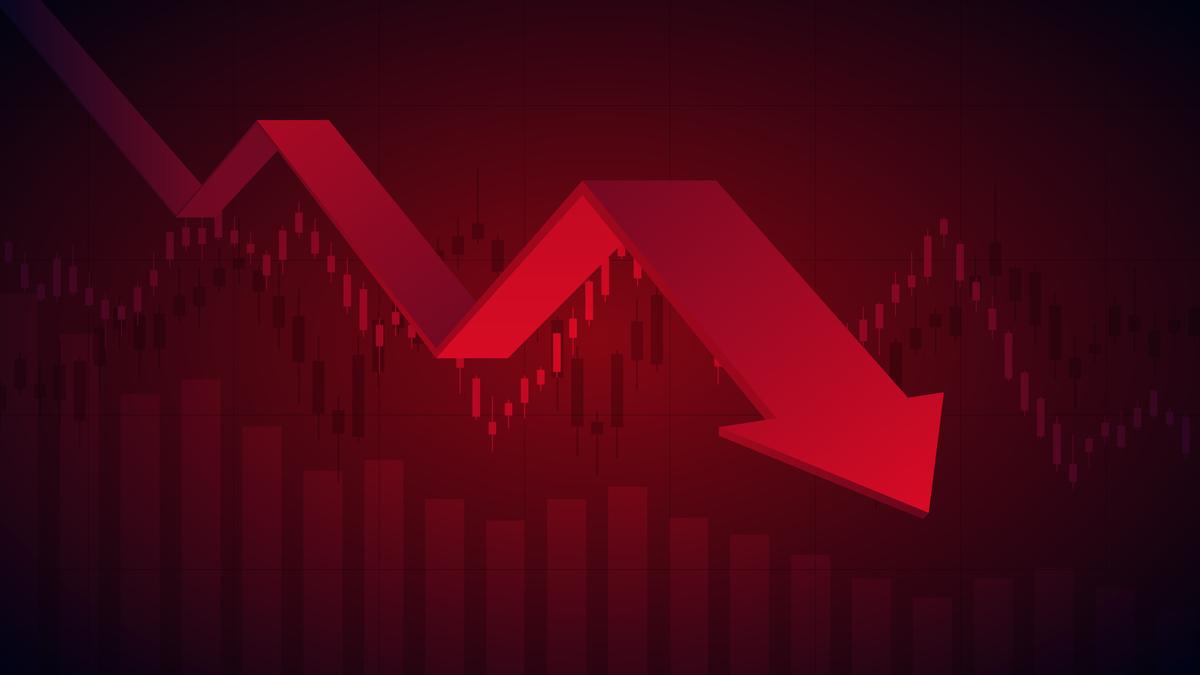Live Classes

Rapid credit growth is akin to a siren song. It lures economies with the promise of prosperity only to lead them into crises. Each financial boom is framed as a story of financial innovation and good times. But each new story is just whipped-up frenzy, it is, in economist Robert Shiller’s words, “irrational exuberance”. As the economists Carmen Reinhart and Kenneth Rogoff explained in their celebrated history of financial folly, governments and market participants dismiss previous crises that followed credit booms by invoking the mantra “this time is different”.
There is a rapid growth in lending in India is leading to financial instability. This process gives us a warning that excessive borrowing, particularly by households, is creating a risky economic situation that could lead to a financial crisis similar to those experienced in other countries.
What is the current state of credit growth in India?
What are the risks associated with this rapid credit expansion?
What should be done?
Improve financial regulation: Strengthening oversight is necessary to prevent rogue behavior among financial institutions. The rise in unsecured loans, approaching a quarter of household loans, indicates a poorly regulated financial sector. Fintech companies have led the charge in offering high-interest loans to households, contributing to financial stress.
Weaken the rupee: A weaker exchange rate can boost exports, helping to cushion the economic downturn. Historical data shows that rapid credit growth and an overvalued exchange rate are a lethal combination.
Focus on job creation: Address the deep-rooted jobs deficit to ensure sustainable economic growth. Current policies have led to more workers returning to agriculture, highlighting the urgent need for job-rich growth.